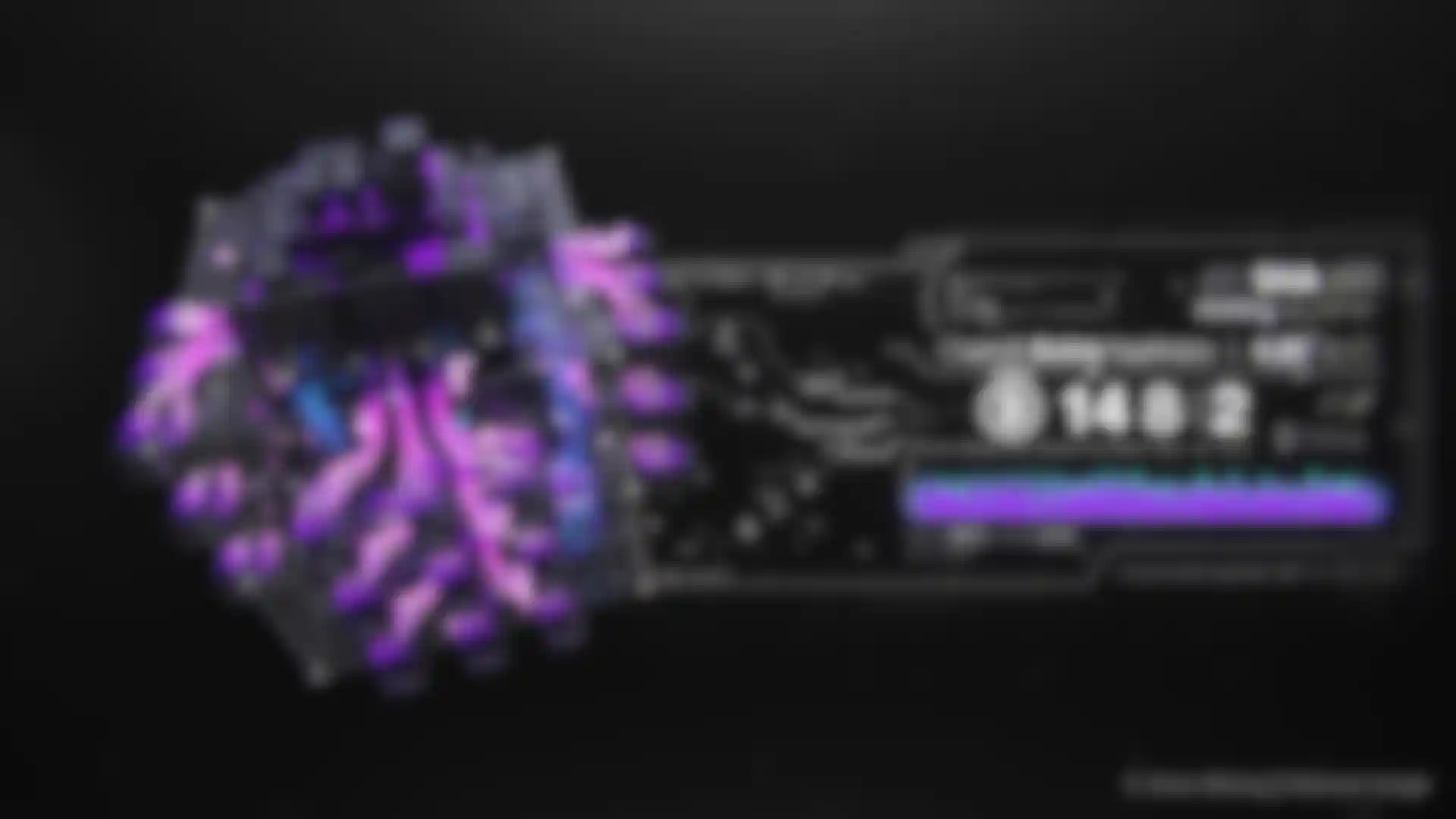
Using 3D to Tell a Startup's Story How Moscow’s 0101 Production used Cinema 4D, Red Giant tools and more to help a new company show off what they do.
How do you illustrate the offerings of a company whose services exist only in the cloud? That was the challenge facing 0101 Production Creative Director Aman Rejepov when his studio worked with the agency, Movie Park, to develop a futuristic video to introduce potential investors to the blockchain startup, Astra. An international project, Astra allows customers to buy cryptocurrency mining contracts that use the company’s cloud services rather than having to manage their own mining equipment.
It’s an abstract concept, but Rejepov and his team think of themselves as “experimental storytellers,” so they were prepared to dive into the project, which required them to translate the conceptual foundations of Astra’s business into compelling imagery emphasizing strength, transparency and responsiveness.
After listening closely to the client’s direction, 0101 Production tackled the project using Cinema 4D, Red Giant tools, Houdini and Redshift. We talked to Rejepov about how his team brought it all together on a tight turnaround. “The deadlines were tight, but it was a style we wanted to work with and have in our portfolio,” he recalls, explaining that he found the job posted on a local platform that advertises work for motion designers.
Astra shared references with the team and helped them understand the startup’s desire to use colorful graphics to convey a highly connected, data-rich environment rather than more traditional, literal imagery. “In Russia, we call this Shureshki style,” says Rejepov, referring to a style often associated with infographics or heads-up displays. “It’s especially popular among technological clients, and that gave us room for a lot of creative flexibility and freedom.”
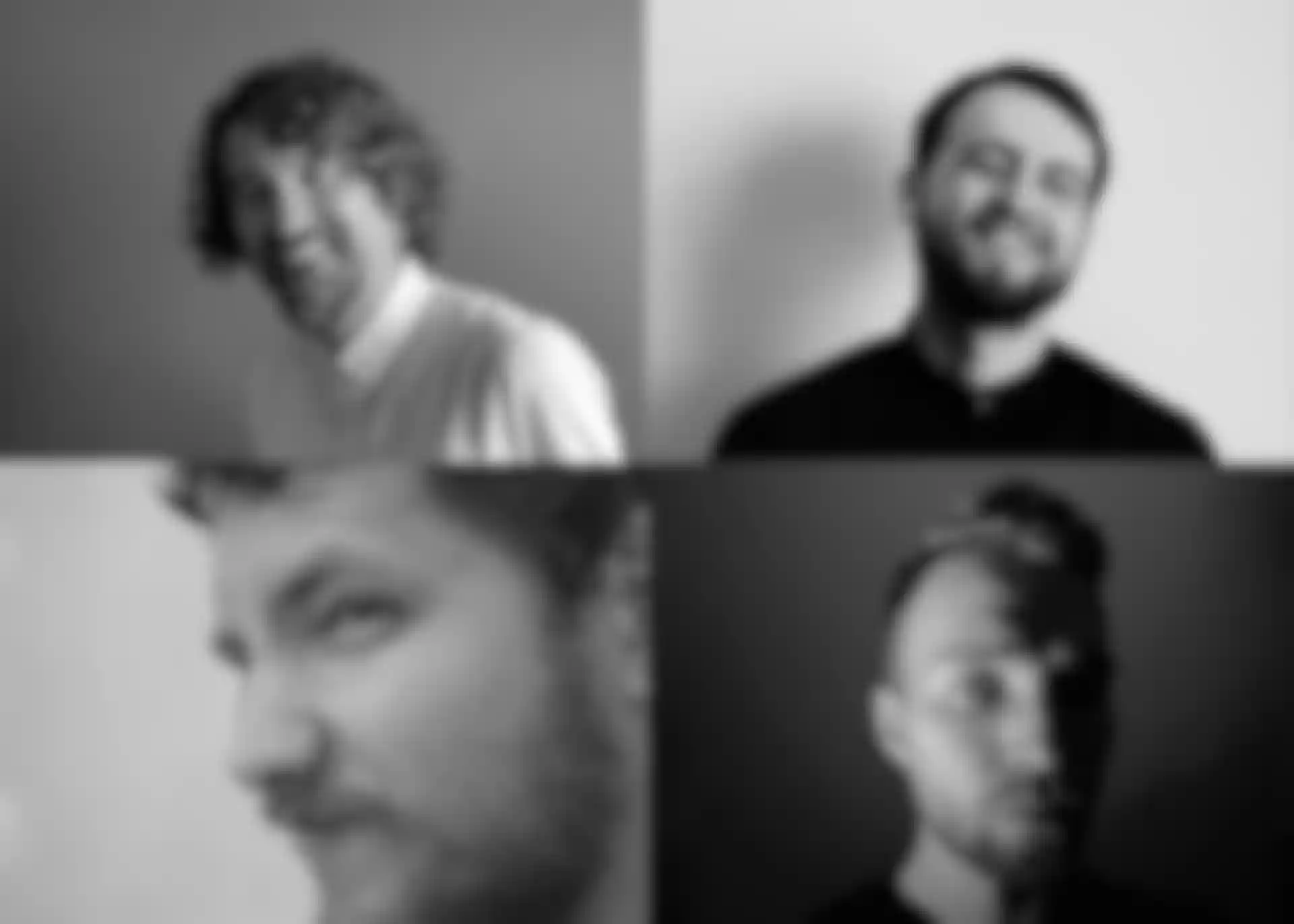
0101 Production’s Igor Zuev served as producer on the project and also helped develop the visuals. The team began their work in Cinema 4D, leveraging C4D’s Houdini integration before exporting the elements they created into After Effects. Once in After Effects, the team used an array of Red Giant tools, including the Trapcode Suite and Magic Bullet Colorista IV, to add visual flourishes and finish the look. Everything was rendered in Redshift.
Telling Astra’s Story
The video was designed without narration, so the visuals needed to tell Astra’s story on their own. The story opens with green “machines” representing customers from around the world connecting to the Astra mining platform, a pink-hued, cube-like machine at the center of the frame. Making the cube transparent made it possible to see Astra’s services working and generating data traffic. When the camera pulls back, viewers can see how those services return value to customers.
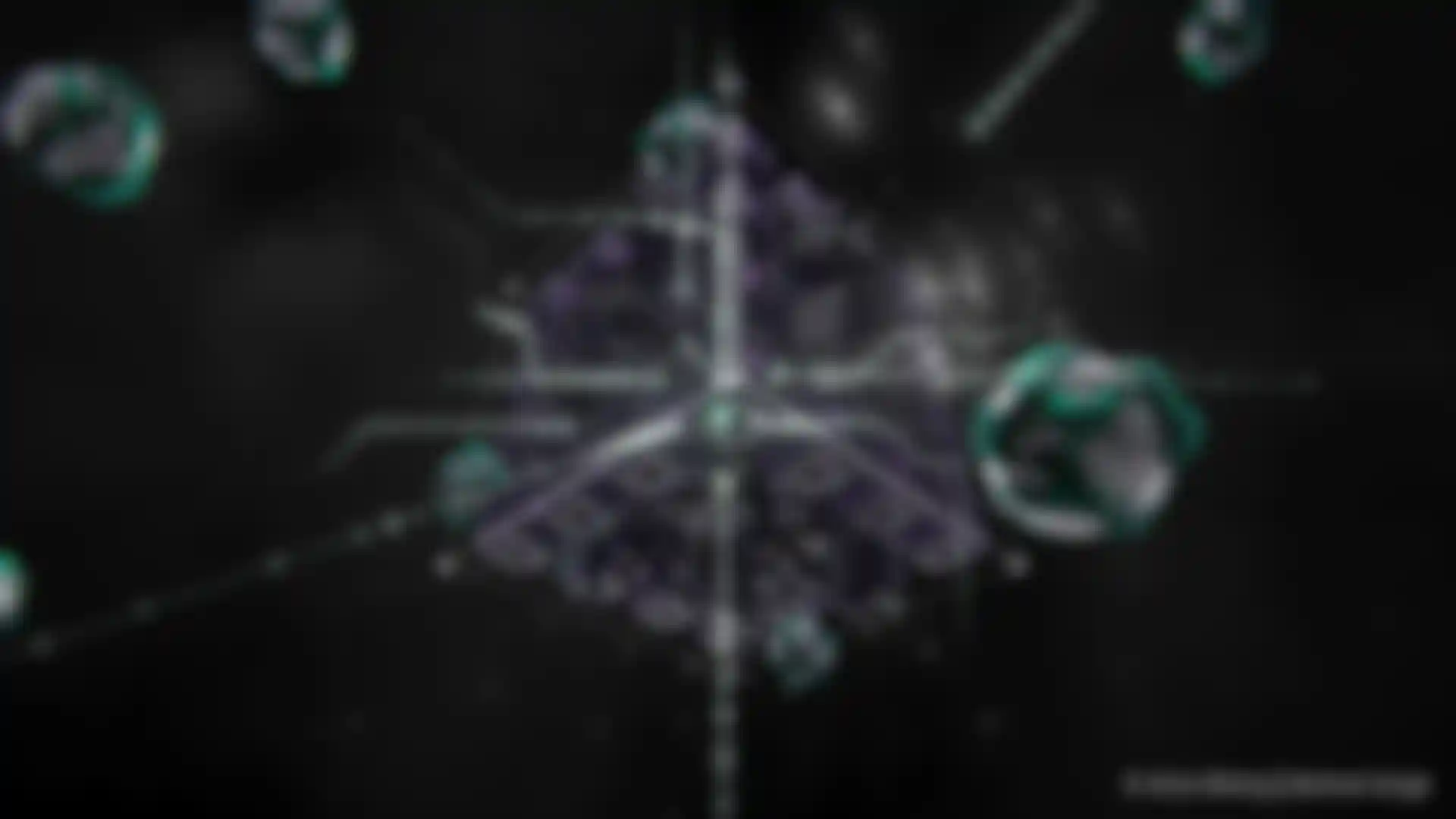
The 0110 team used Trapcode Particular to draw the threads connecting Astra with customers in the video, and Rejepov exported null objects from C4D to get the paths in After Effects. “Particular gave us a flexible way to bind emitters to nulls and generate particles. That was convenient because it gave us a high degree of control over the visualization of particles and details that we added to the flow.”
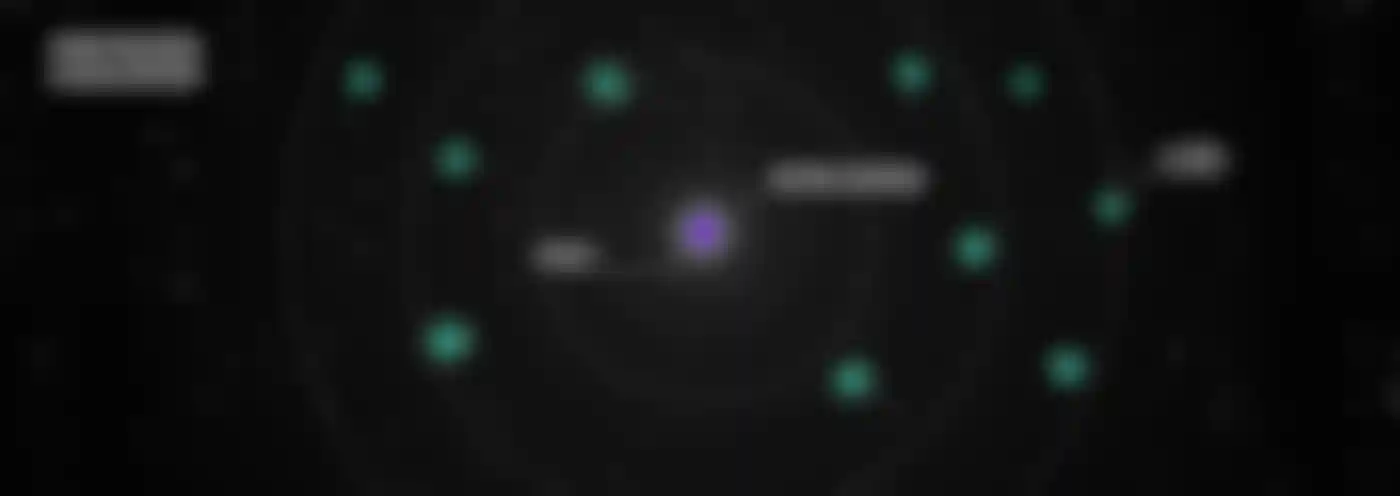
Trapcode Form came in handy for dialing in the look by adding digital noise to make the scene more voluminous. Rejepov also exported the camera from Cinema 4D in order to save time and configure depth of field. Light was added using Trapcode Lux. “All of these tools allowed us to avoid long render times and almost instantly draw the environment and atmosphere, which was made by my friend, motion designer Sergey Kuznetsov.” Additional HUD-like details — the real basis of the Shureshki style — were generated using Trapcode Stroke and Form.
Demonstrating that Astra’s reporting is transparent was easy with camera moves that got in close to the cube, and the company’s ability to be responsive was visualized by quickly changing out failed servers in Astra’s farm. Rejepov’s partner, Anatoly Yurkov, did a lot of research and development to come up with a flexible setup that allowed them to choose different forms. Next, Yurkov used Houdini to create assets that Rejepov could use in Houdini for server simulation.
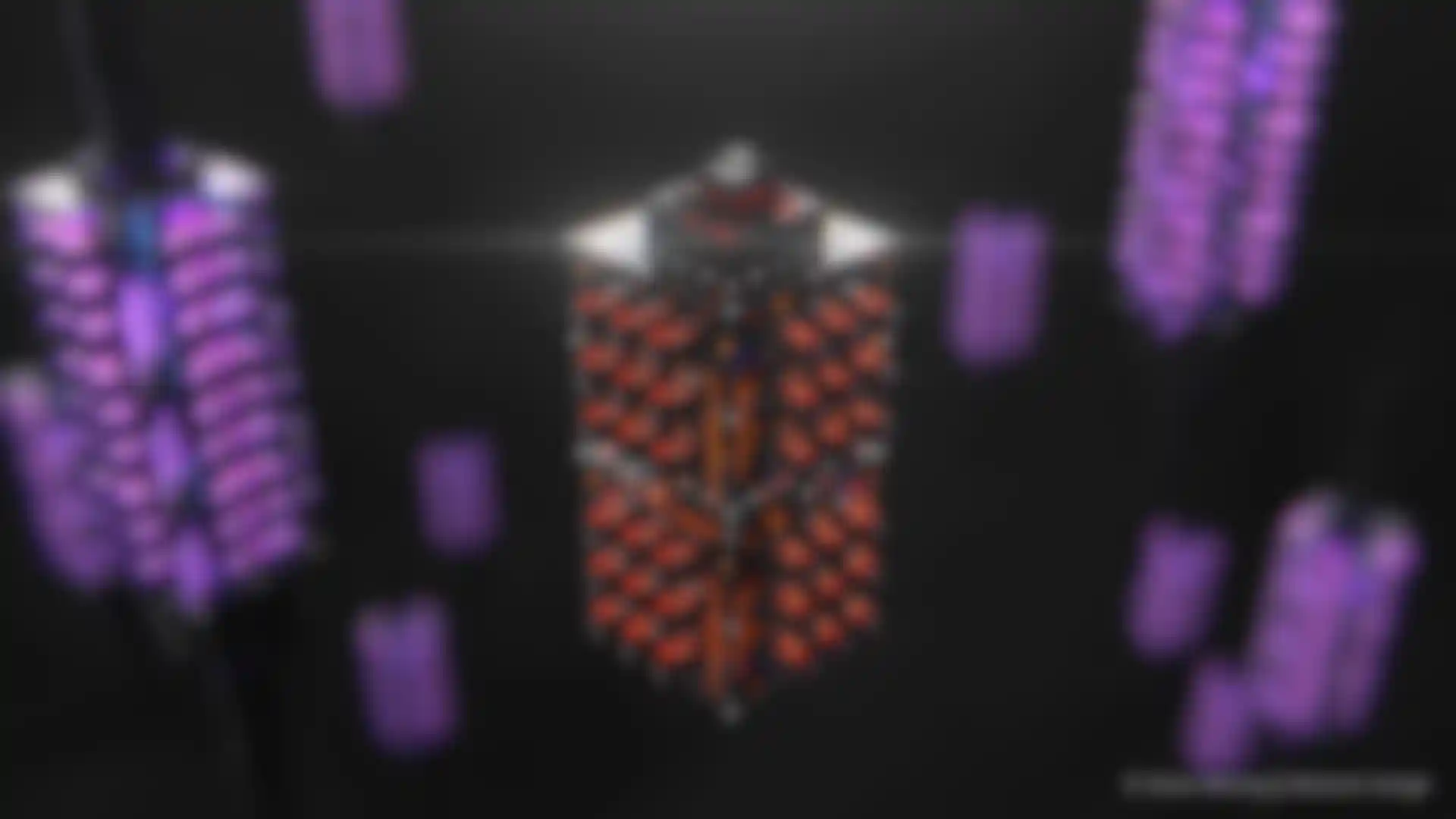
The team also visualized a cell phone and app interface to show potential customers what the Astra would provide them with to track important statistics and access their data. As a parting gift, the 0101 team designed poster-size visuals from the project that were printed and sent to Astra. Intended to be a thank you and a way to wish the company well, the posters were also a way for Rejepov’s team to stay in a creative groove they didn’t want to get out of.
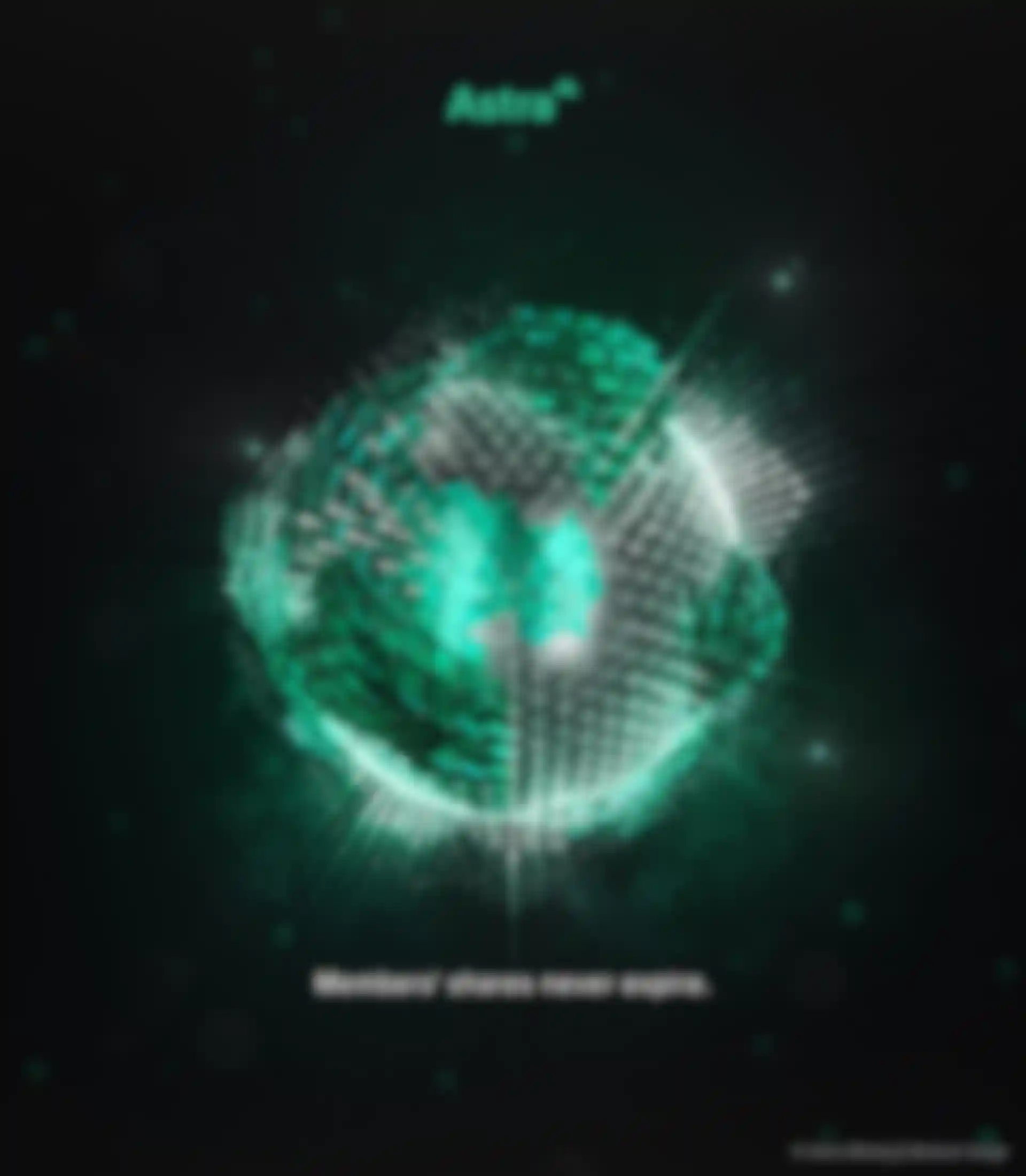
“We liked the style, and it was difficult for us to stop,” he recalls. “And we always try to make sure that, once a project is finished, the client feels that it was nice to work with us.” These days, the studio is working on a variety of projects, including a presentation for a new diabetes drug and a video for a Russian financial services company. They also recently moved into a new space where they can create “the office of our dreams,” Rejepov says. “We are already two years old, and our work is our passion and we’re full of creative energy.”


